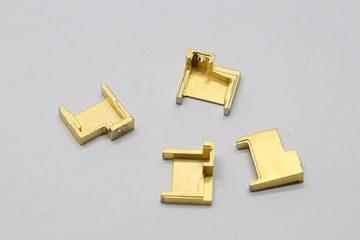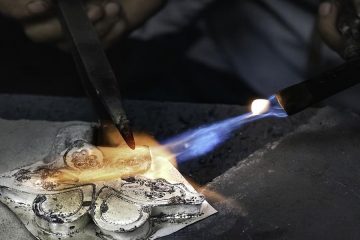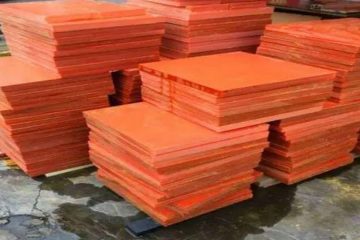When it comes to dental implant abutments, I believe many people are unfamiliar with them. Simply put, the abutment is the intermediate structure that connects the lower implant and the upper crown, and has an important function of connecting the upper and lower. There are many ways to connect the abutment to the implant, such as anti-rotation structure with internal positioning, non-anti-rotation connection structure and Morse taper connection.
In the early days, abutments were provided by implant manufacturers and were generally made of 3D printing pure titanium, which could accurately match the corresponding type of implant. Doctors or technicians selected different abutments according to different indications. In the past 10 years, personalized abutments have gradually become a diversified choice, and the materials are no longer limited to pure titanium. Zirconia all-ceramic abutments have begun to be used in the aesthetic area of anterior teeth to achieve better aesthetic results.
At present, there are many kinds of basic materials for dental implants in the field of oral medicine. Common basic materials for dental implants include: pure titanium foundation and all-ceramic foundation.
Pure Titanium Abutments: Titanium is a material that combines toughness, lightness, good biocompatibility, durability and high strength. After decades of clinical verification, pure titanium implant abutments have a high success rate, high wear resistance and corrosion resistance, and particularly good biocompatibility, and are widely used in the field of oral implantation.
Disadvantages: Pure titanium abutments have no advantages in aesthetic restoration. When using pure titanium abutments and medical 3d printing, the soft tissue needs to retain a certain thickness to ensure that the metal color is not exposed.
All-ceramic abutments – As we all know, all-ceramic materials have good light transmittance and corrosion resistance, which are advantages that other materials cannot match. All-ceramic substrates have good optical properties, so the restoration of “all-ceramic substrates and all-ceramic crowns” can achieve more beautiful results.
Disadvantages: However, all-ceramic dental implant abutments also have shortcomings such as weak strength and fragility.
It is worth mentioning that zirconia ceramic restorative materials have become one of the oral restorative materials with broad application prospects due to their unique advantages such as biocompatibility, aesthetics, and stability.
Zirconia has high flexural strength, fracture toughness and Young’s modulus, similar to steel. In addition to strength, the greatest advantage of zirconia is its excellent tissue integration ability. Various studies have confirmed the success of zirconia abutments in maintaining the stability of soft tissue and marginal bone. The results show that the base material type affects the amount and texture of the surrounding tissue (zirconia versus cast gold alloy). In addition, zirconia dental implant abutments can greatly reduce the adhesion of bacteria and plaque and prevent soft tissue inflammation.


